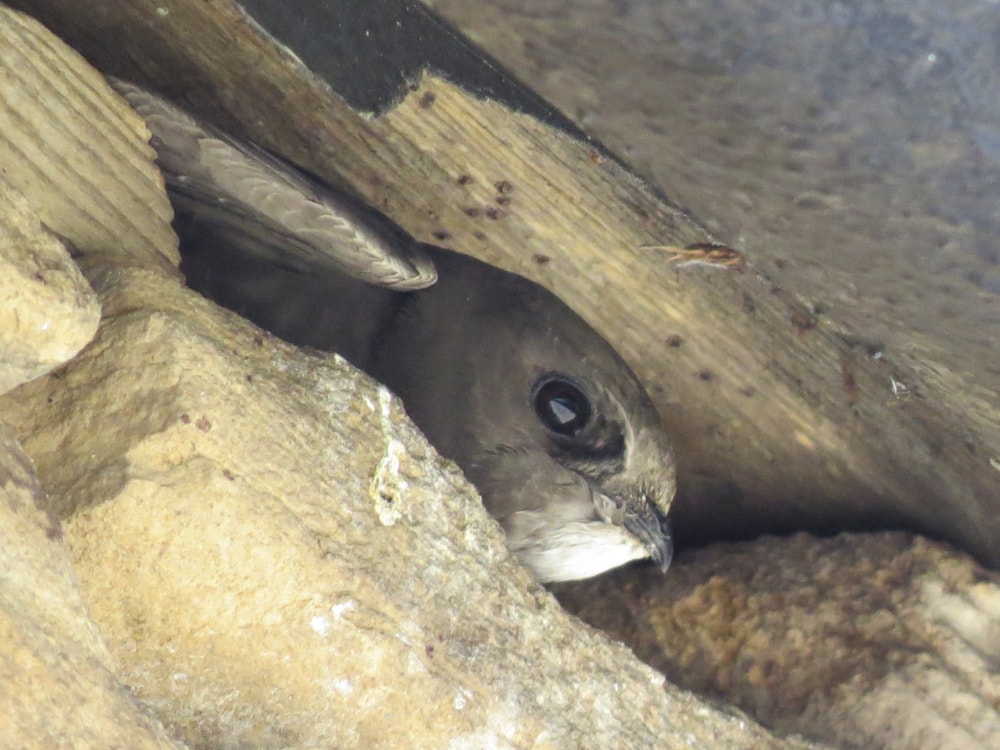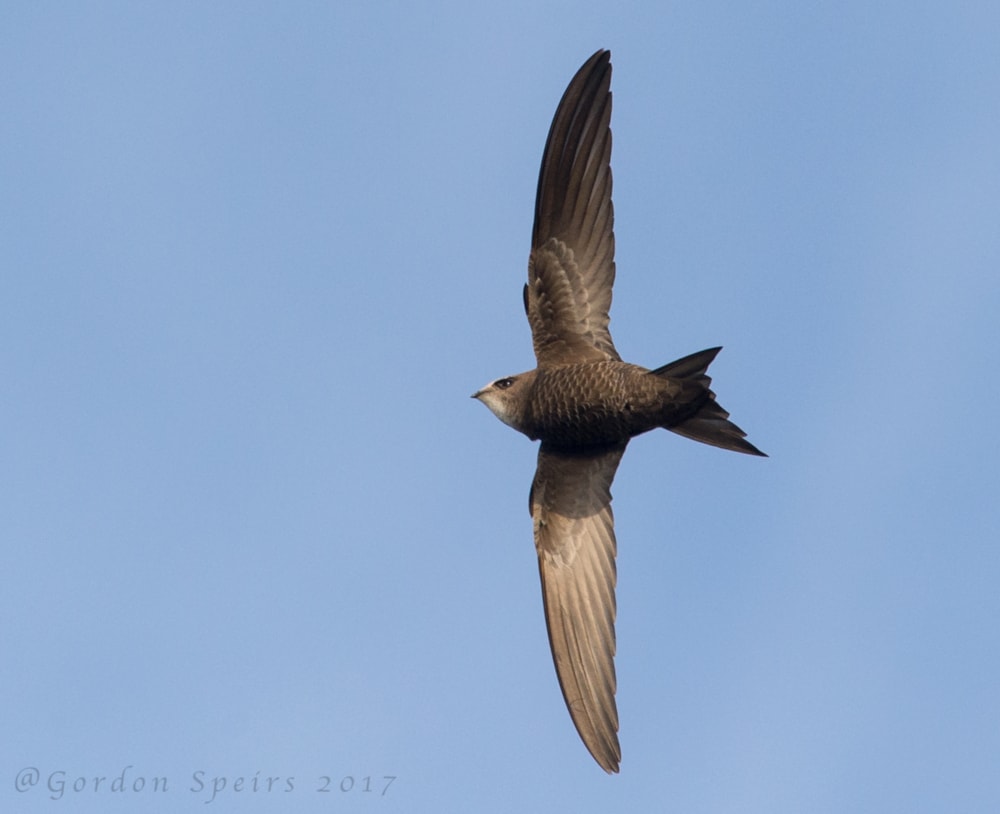For just 12 weeks a year, Common Swifts bring our urban skies to life, lifting the spirits of city-dwelling birders. On their return at the beginning of May, these long-distance flyers will have just completed the epic 6,000-mile journey from sub-Saharan Africa. Many will be returning to their traditional nesting sites and others finding places to set up home for the first time.
But there's a problem: the screaming summer soundtrack that swifts provide is becoming quieter and has even disappeared from many areas. In fact, we've lost over half of our breeding swifts in just 20 years. With a bird that travels through around 25 different countries twice a year, covering a vast area of the globe, it can be hard to pinpoint what's causing a decline.
What we do know is that, in the UK, the nesting places that swifts rely on are vanishing – modern buildings don't have the nooks and crannies that the birds have adapted to use. In addition, holes previously used by swifts are being blocked up as we tidy up our properties. As swifts are site-faithful, this makes life very difficult for them – after such an arduous journey, the last thing they need to be doing is expending time and energy searching for a new site.
How you can help
Fortunately, there are simple steps you can take to help your local swifts. First, do you have anywhere on your home, workplace – or other building you use – where a swift nestbox (or two – or more, they're colony nesters!) can be put up? The RSPB's new swift nestbox was designed by experts. It includes a sloping roof which enhances weather-proofing and makes it harder for predators to hold on to, and a shallow 'nest cup' inside to help hold the eggs in place. You can buy yours here.
If you're having a building constructed or renovated there's also the option of a 'swift brick' which fits neatly inside the wall cavity. Manthorpe building products have developed one of these, and you can find them online here.
If you fancy having a go at making your own, there are detailed instructions and a 'how to' video on the RSPB website.
If you fancy having a go at making your own, there are detailed instructions and a 'how to' video on the RSPB website.
It's worth remembering that swifts are long-lived birds and take a while to find new homes, so be patient if your nestbox or brick isn't occupied immediately. It may take a few years, but this is a long-term investment – and well worth the wait! Other birds, such as House Sparrows, may use some of the boxes in the meantime but since they need a helping hand too, it's not much of an issue.

As buildings, including their eaves, are tidied up and improved, potential nesting sites become harder to find for Common Swifts (Alan Jack).
Swift survey
Once the swifts have arrived keep an eye out for where they are nesting, or flying around at roof level, "screaming". You can add these sightings to the RSPB Swift Survey – the data can really help local planners and ecologists make sure there will always be places for swifts to nest in their towns and cities.
Find out more
Action for Swifts (actionforswifts.blogspot.com) and Swift Conservation (www.swift-conservation.org) both provide excellent information about swifts and what you can do to help. You can also join a local swift group: a map of the groups is available online here.


No comments:
Post a Comment